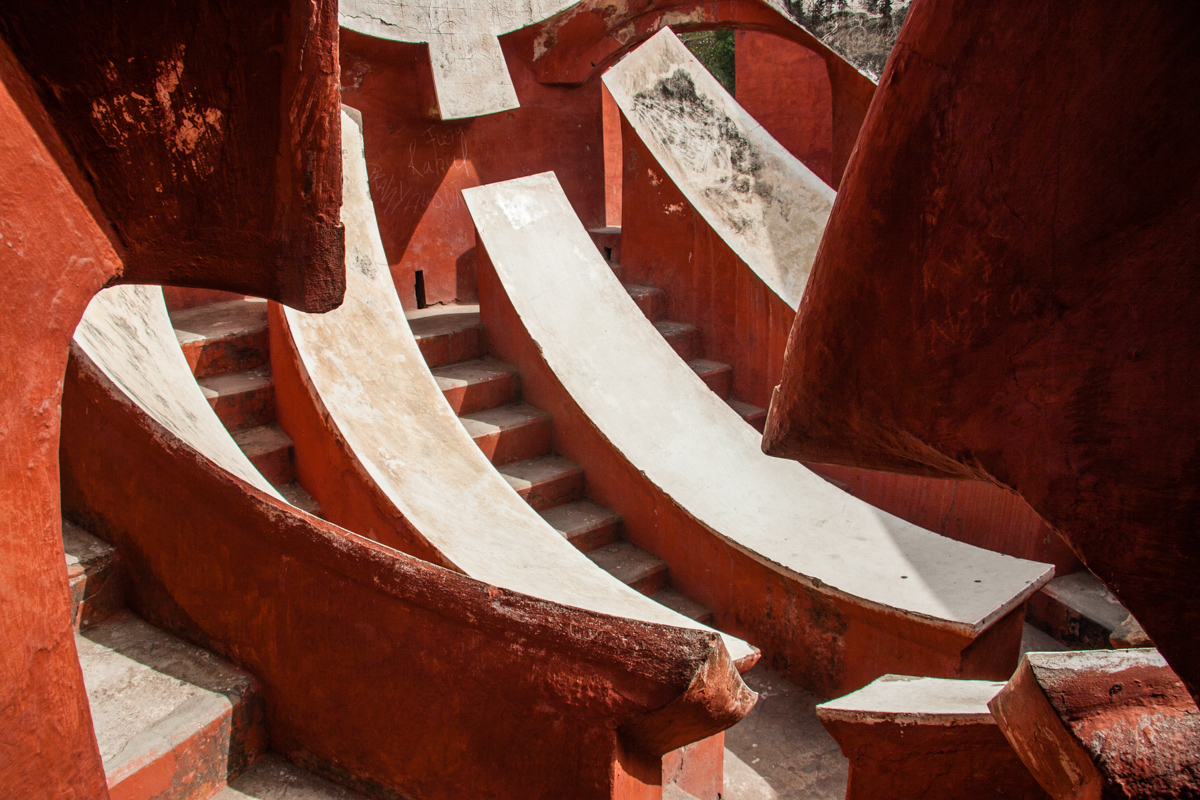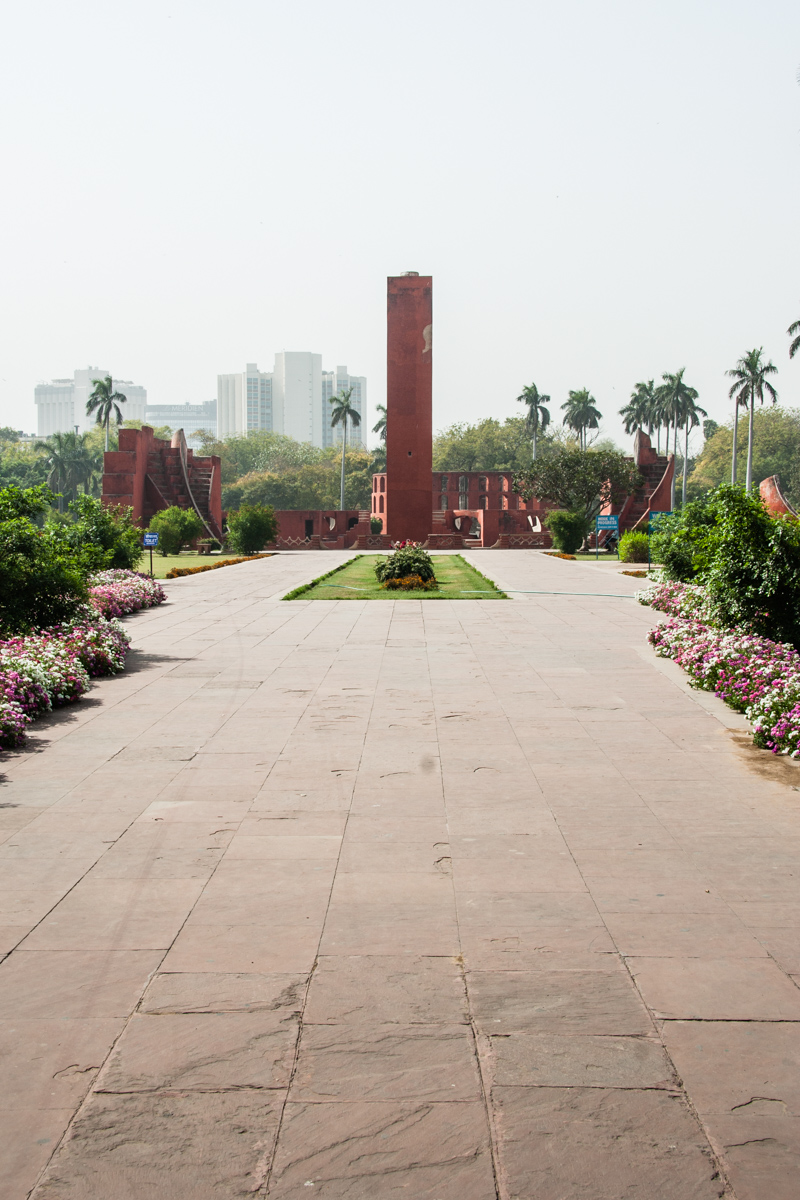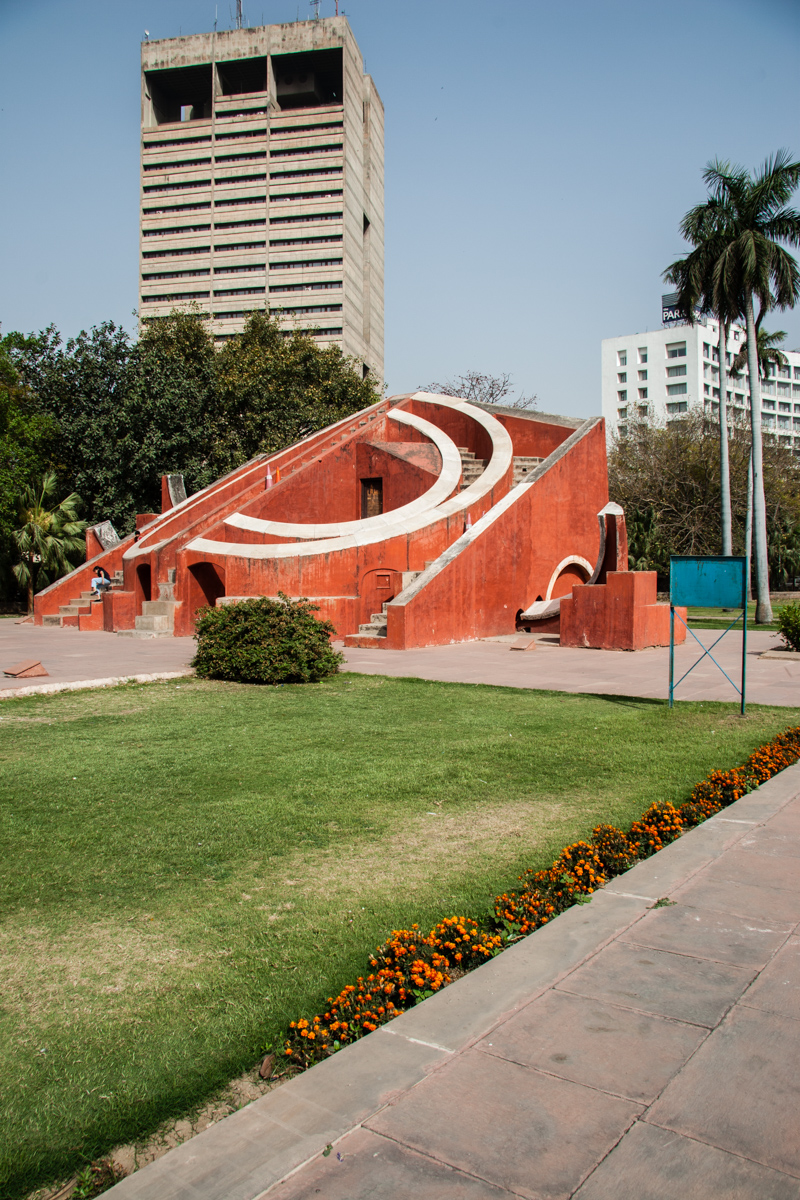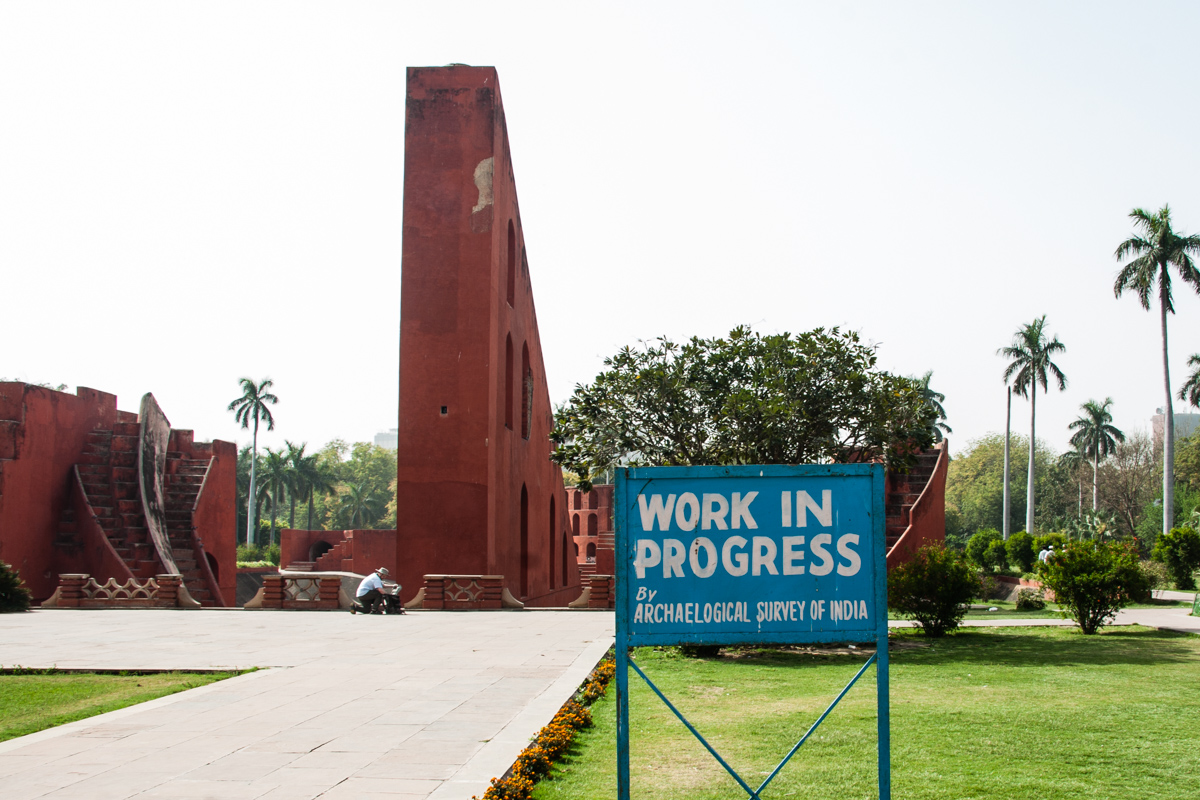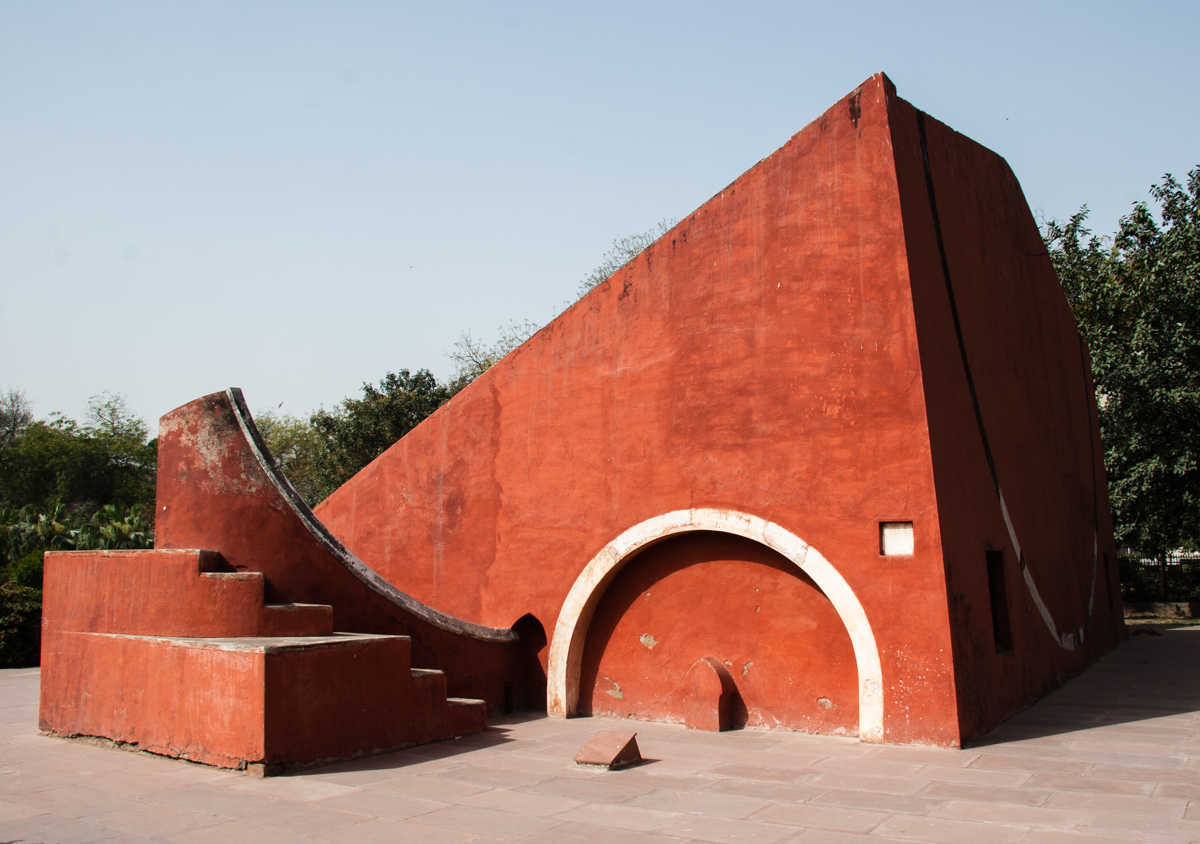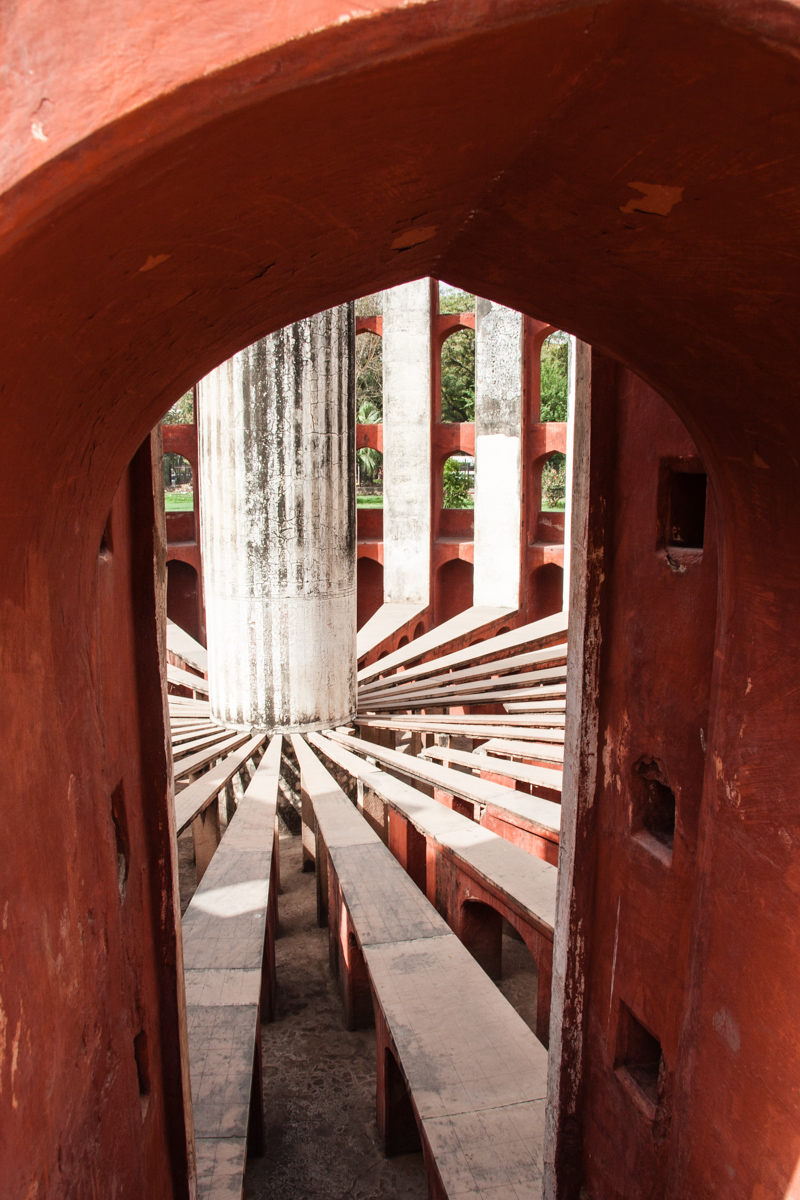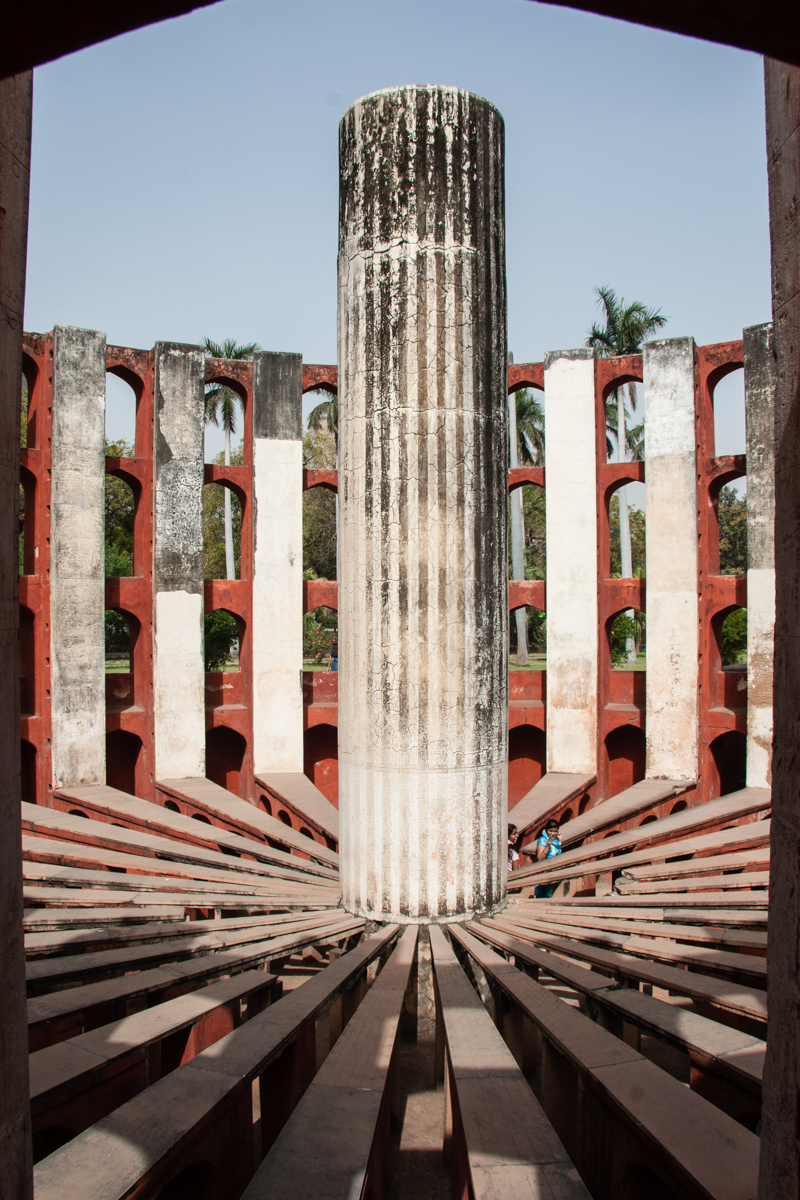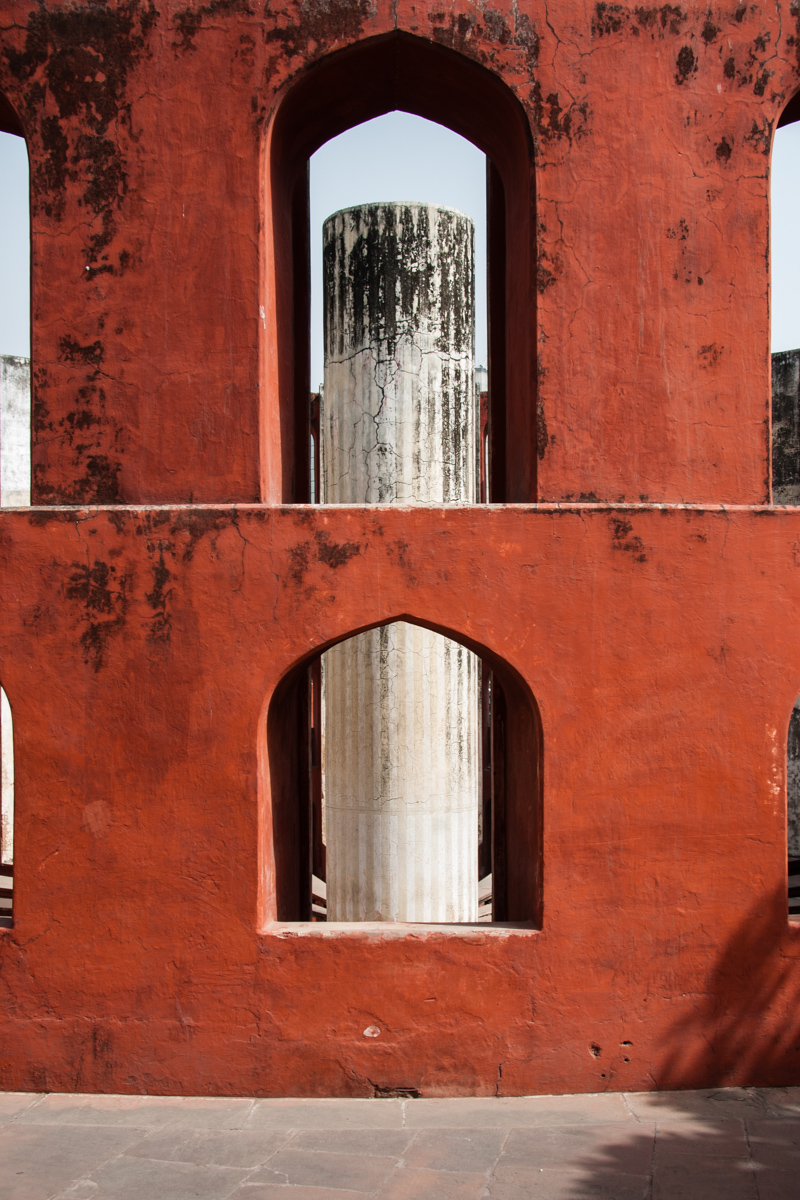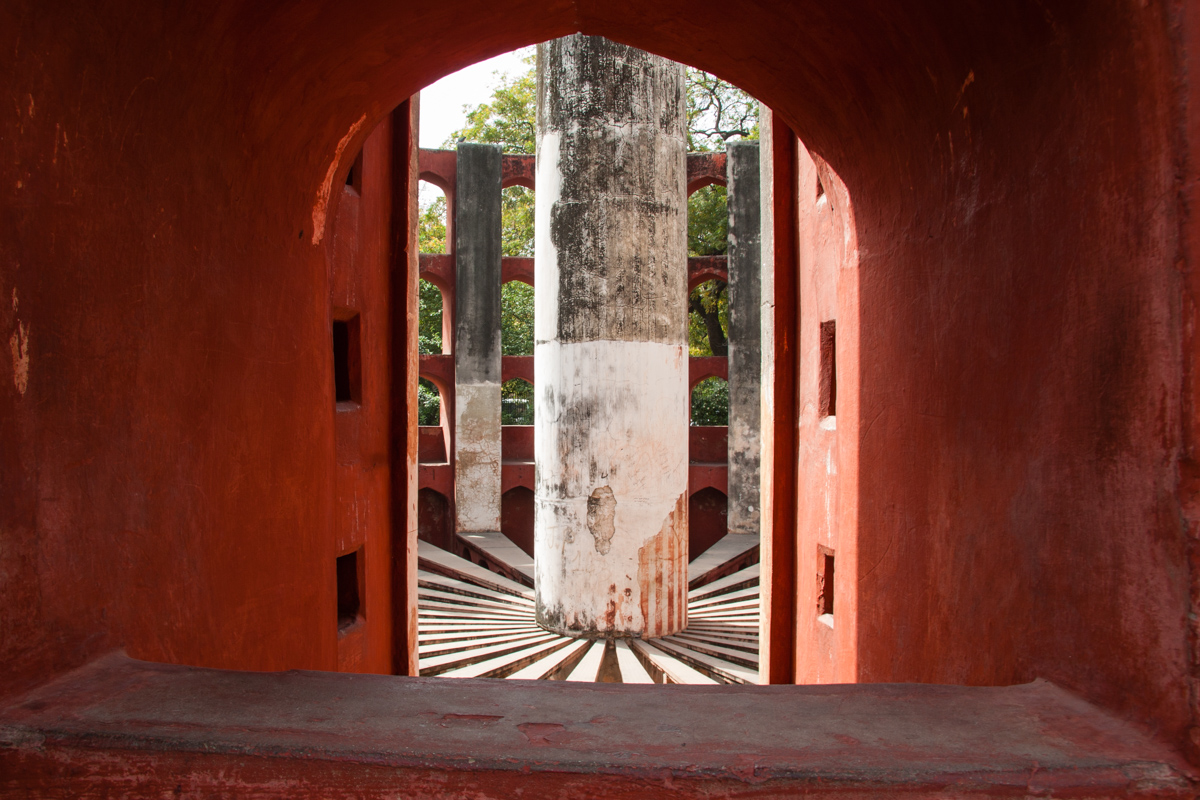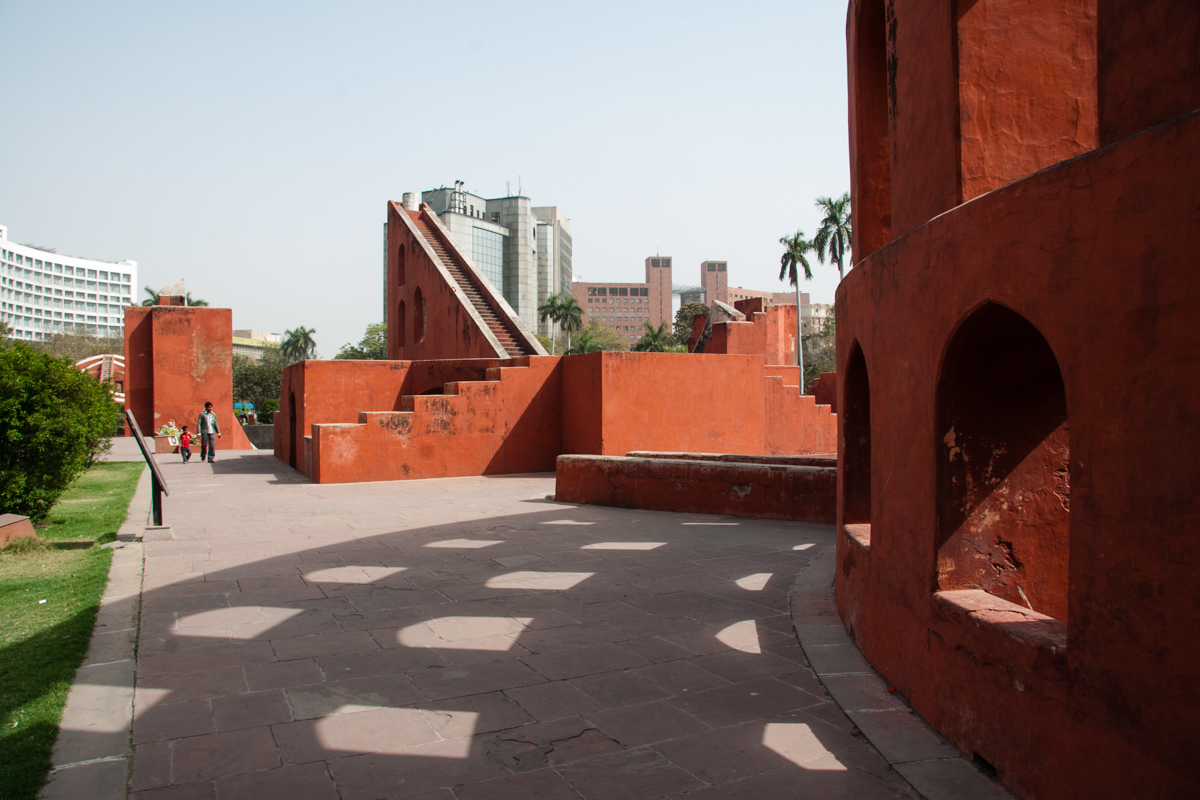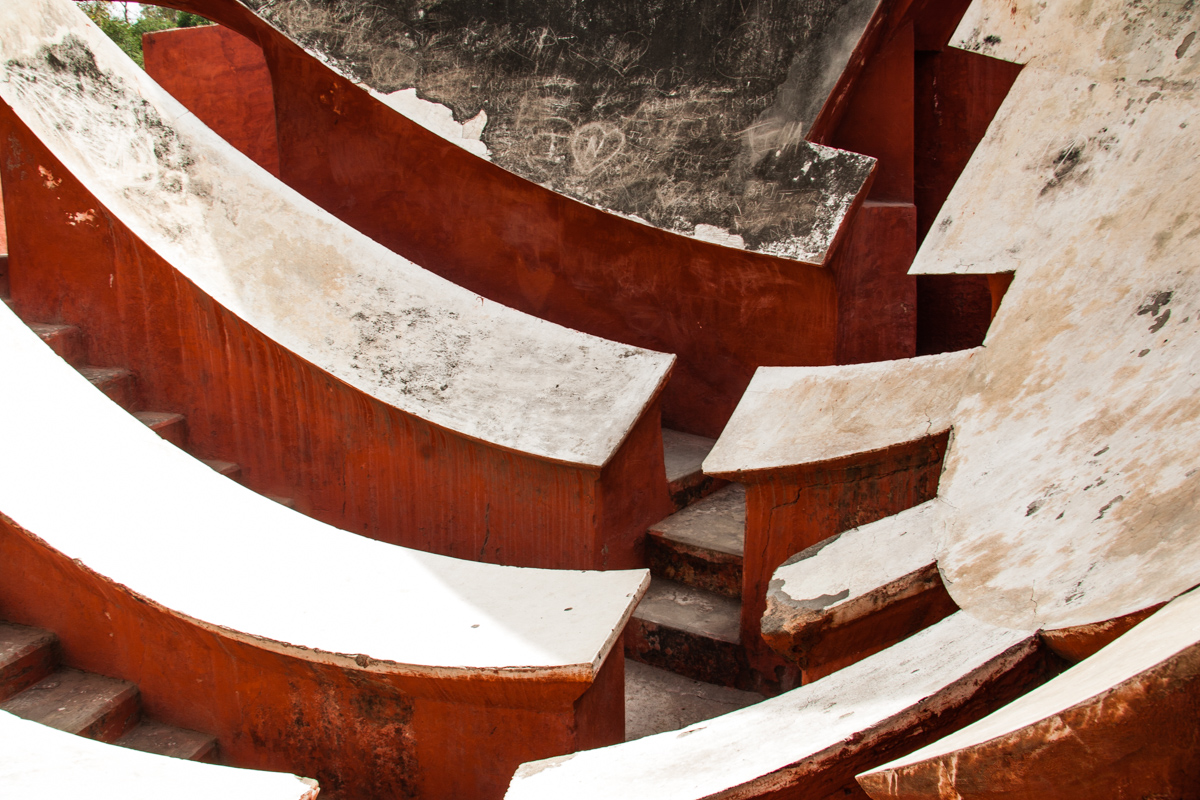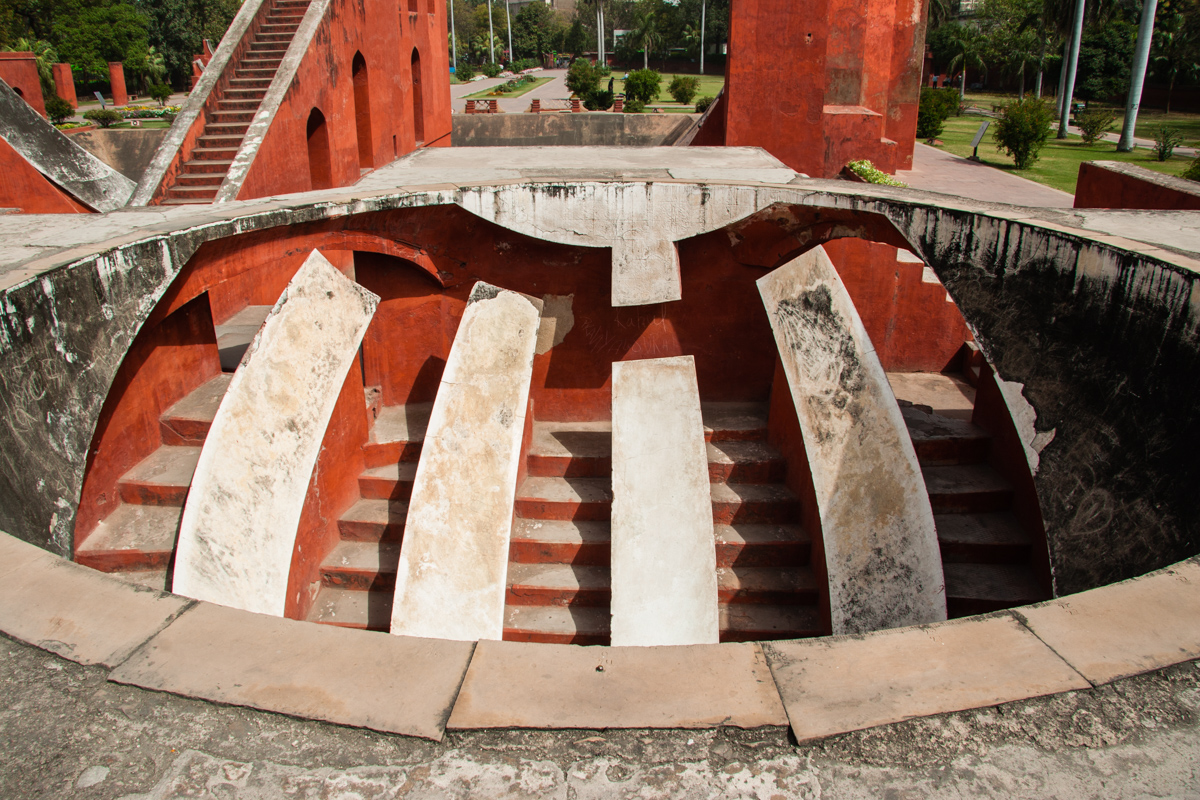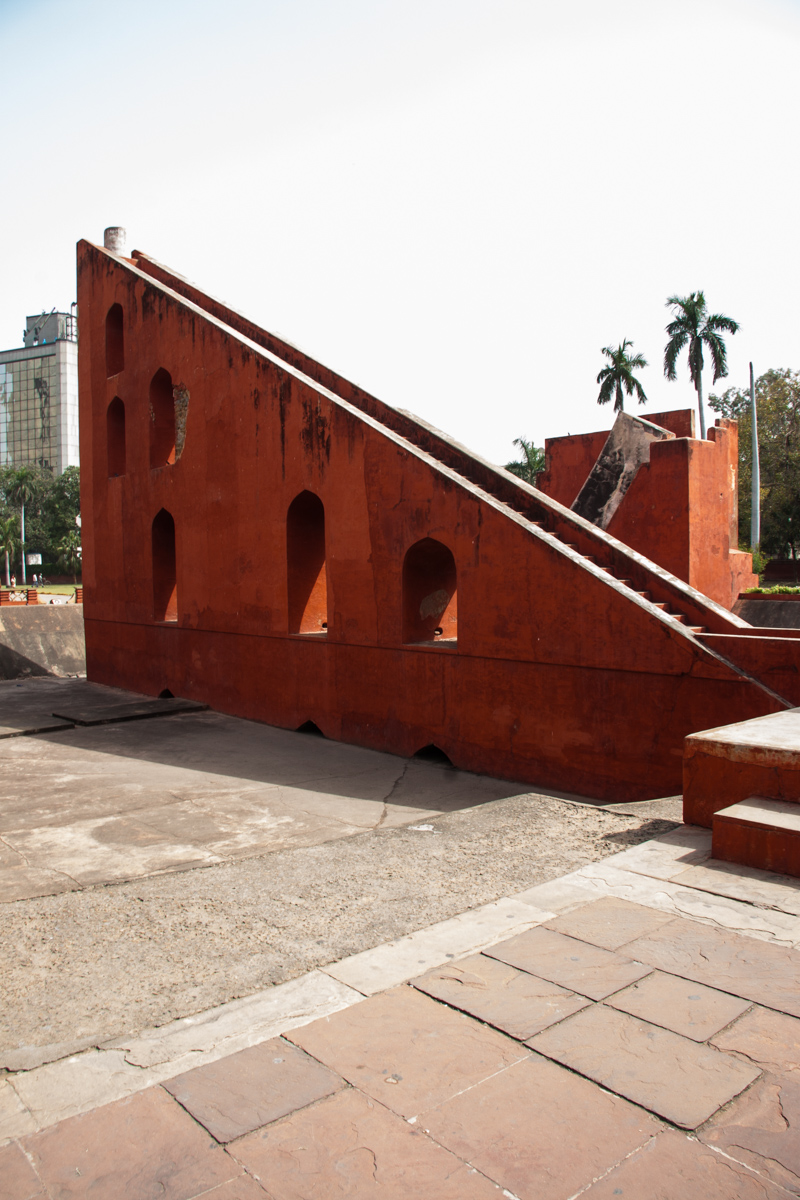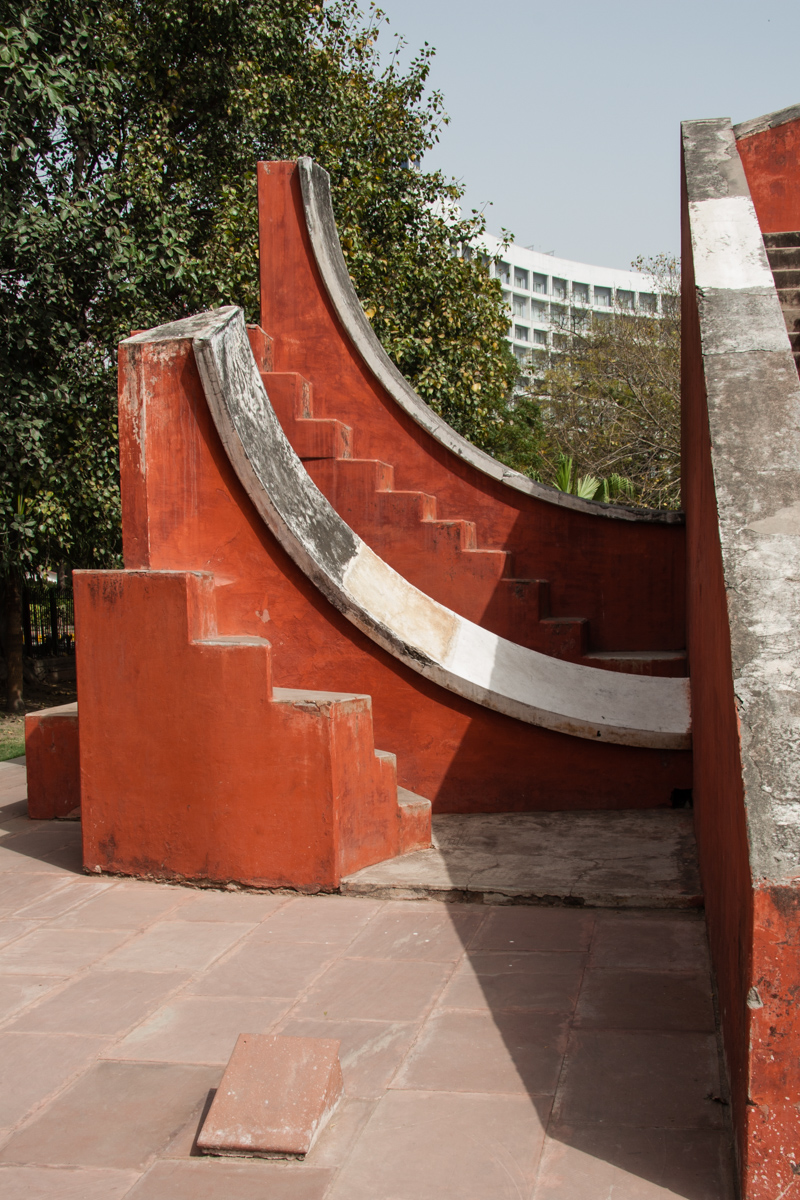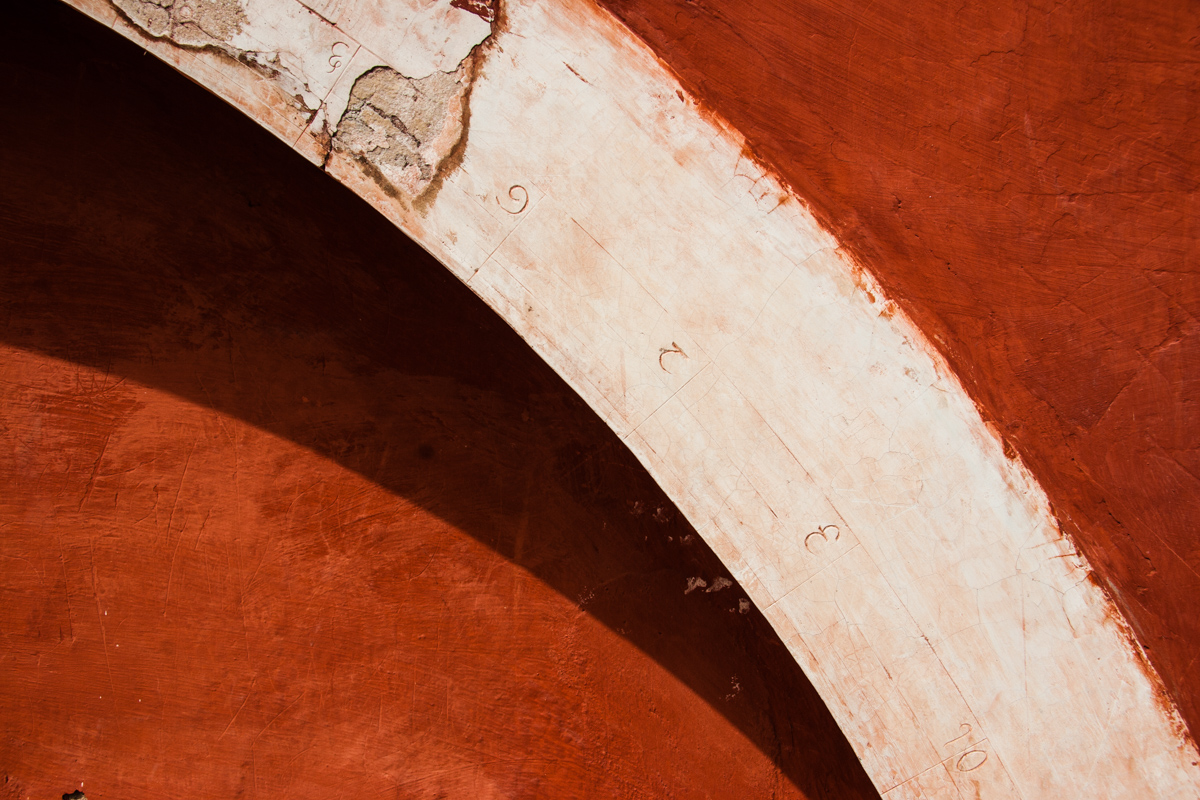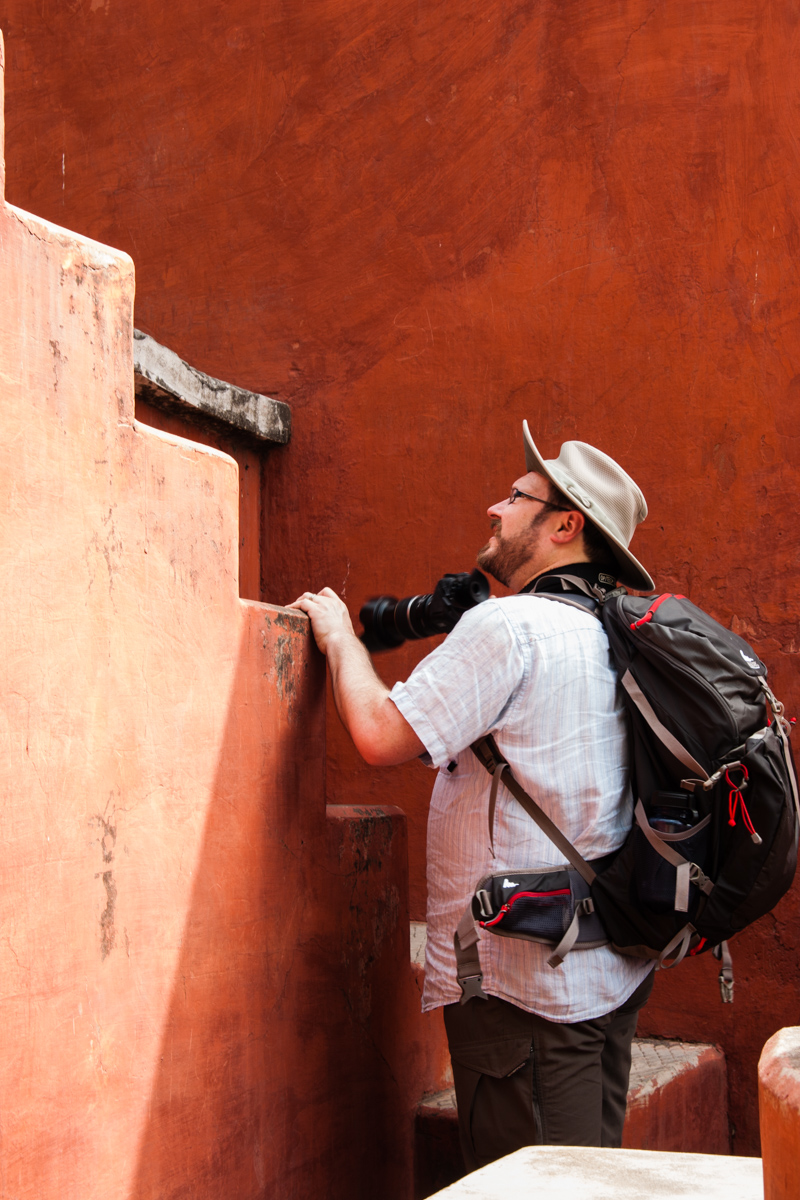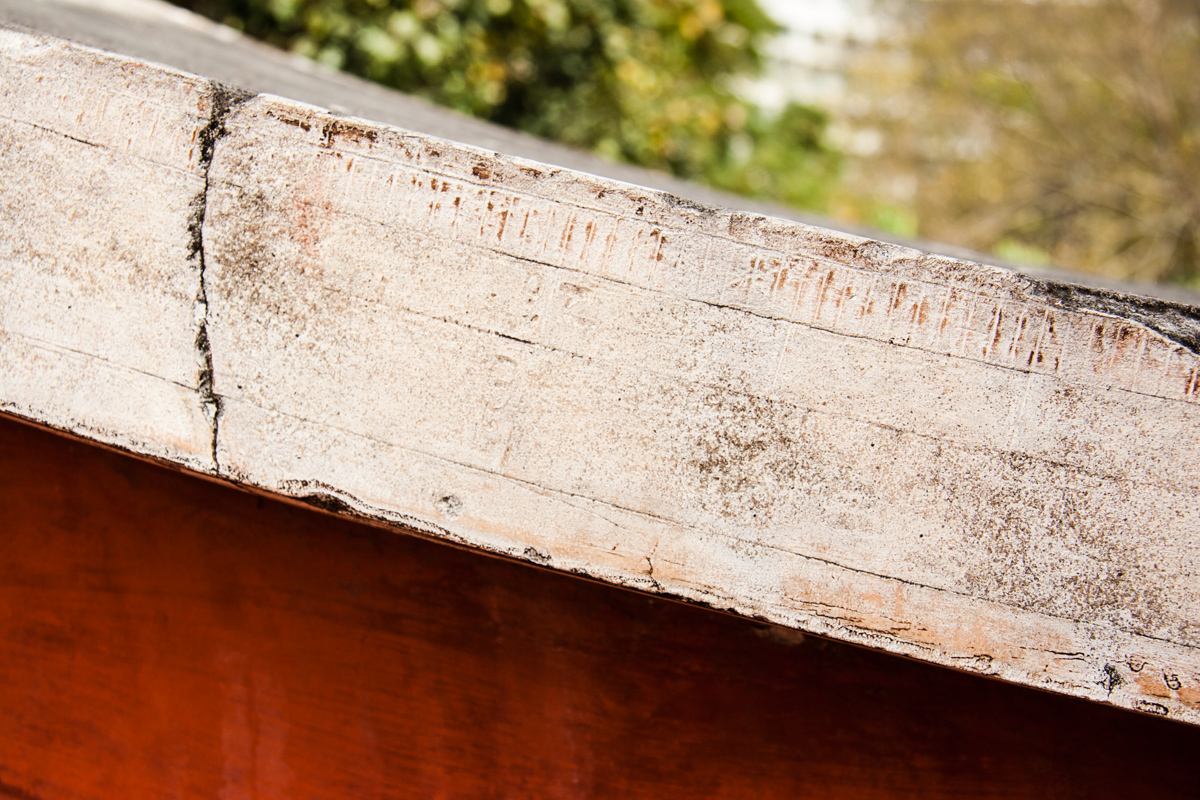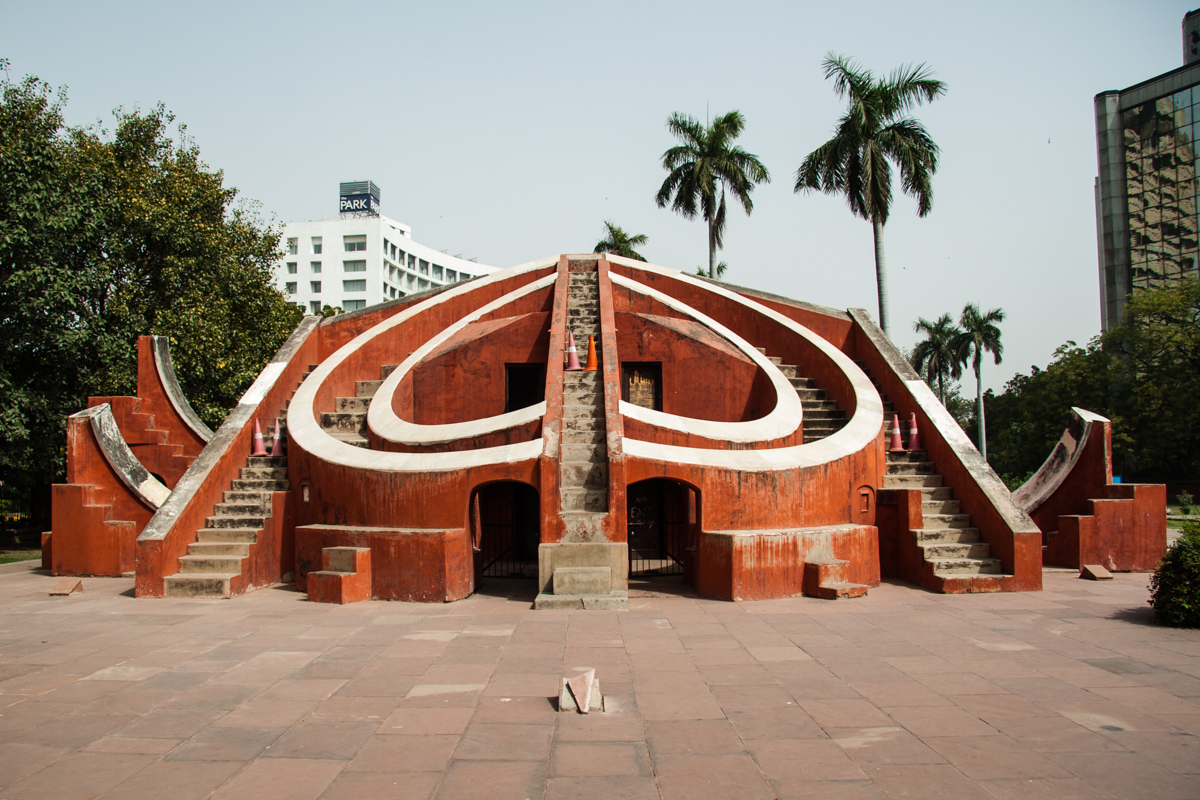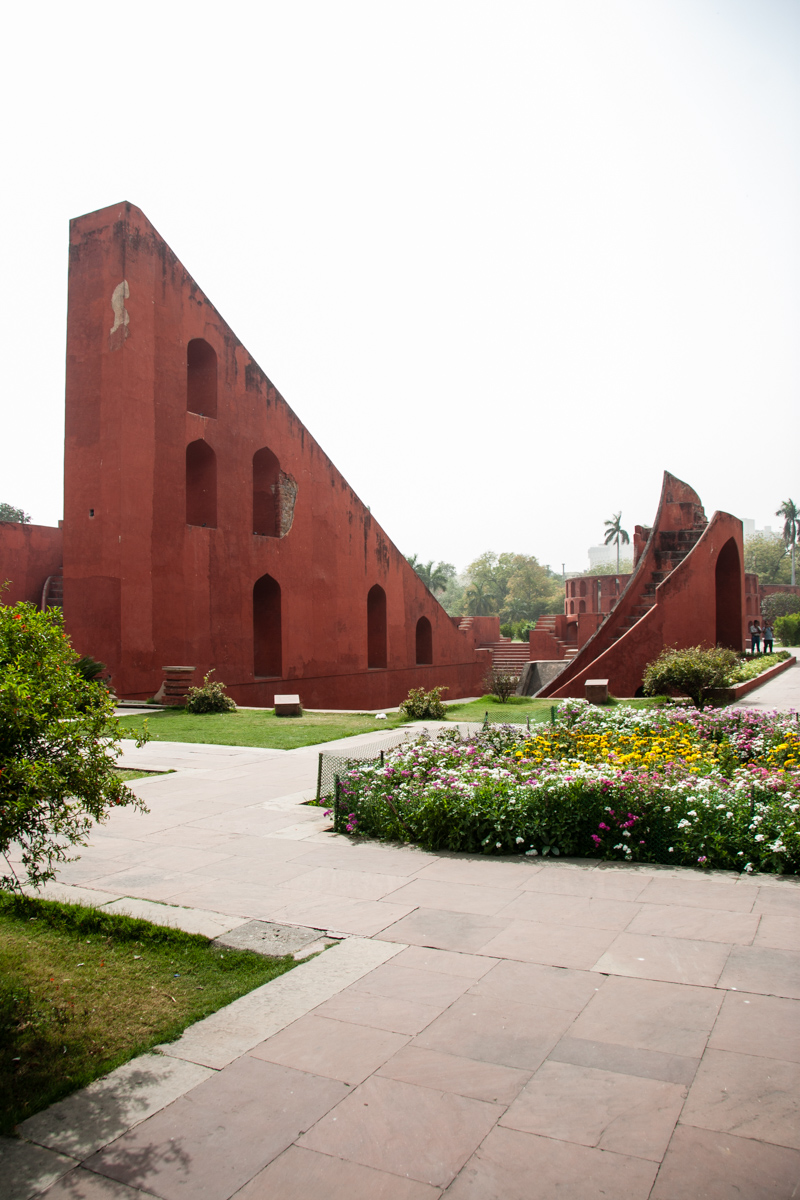We landed at the Indira Gandhi International Airport in New Delhi at midday on a Monday, after being awake for about 48 consecutive hours. Arriving at the airport itself was not at all the assault on the senses that I had been led to expect. It’s air conditioned, quiet, and well organized, giving visitors a smooth entry that thoroughly belies what they’ll experience once in the city. We got through immigration, got a SIM card for Dan’s phone, and withdrew some rupees pretty effortlessly before meeting the driver that the hotel sent to pick us up.
And with that meeting, we got thrown our first Indian curve ball. The driver told us the hotel we had booked in advance, Yatri House, was closed due to licensing issues. The owner had made arrangements for us to stay at another hotel, K-11, that was run by his wife. Both Dan and I were a bit dubious that this story was strictly true, but were far too tired to deal with making other arrangements right away.
When we got to the hotel, we immediately crashed, and slept until about 9pm. We groggily tried to figure out what to do about eating, but by the time we got organized, it was after 10 and too late to go out to a restaurant. The hotel’s night manager graciously arranged to have some food delivered for us, and so our first meal was a very nice roasted paneer curry, a sweeter vegetable curry, a simple biryani, and some garlic naan, all washed down with a Coke. After this we arranged to have a driver pick us up in the morning and fell back into bed.
Although New Delhi was more of a hub for our itinerary than a key destination for us, there were still a few things we wanted to see in the city. For me, the Jantar Mantar was near the top of that list, and this was the first place we had the driver take us. The name translates to Instrument (Jantar) and Calculation (Mantar), and it’s a complex of several large-scale astronomical instruments (yantras) that comprise an observatory that was incredibly ambitious (and accurate!) for its time. What captured my fancy when reading about this place was the central Samrat Yantra, or as I took to calling it before the trip, the GIANT SUNDIAL. I think Dan was pretty skeptical about this stop on our itinerary before we arrived, but we both came away quite impressed.
The Jantar Mantar is one of five similar observatories built across Northern India by Maharajah Jai Singh II in the early 18th century. The others are located in Jaipur, Mathura, Ujjain, and Varanasi; all but the one in Mathura are still extant. Delhi’s is located near Connaught Place in the heart of the new city, and is accessible to the public as a park. The instruments are constructed of local red sandstone with contrasting white marble. Amazingly, as a visitor you have access to walk right up to and climb on (or into) all of the instruments.
If you’d like to learn more about the Jantar Mantar, you can get some good general background and additional photos here and here, and a more detailed but still concise explanation of the different instruments here.
